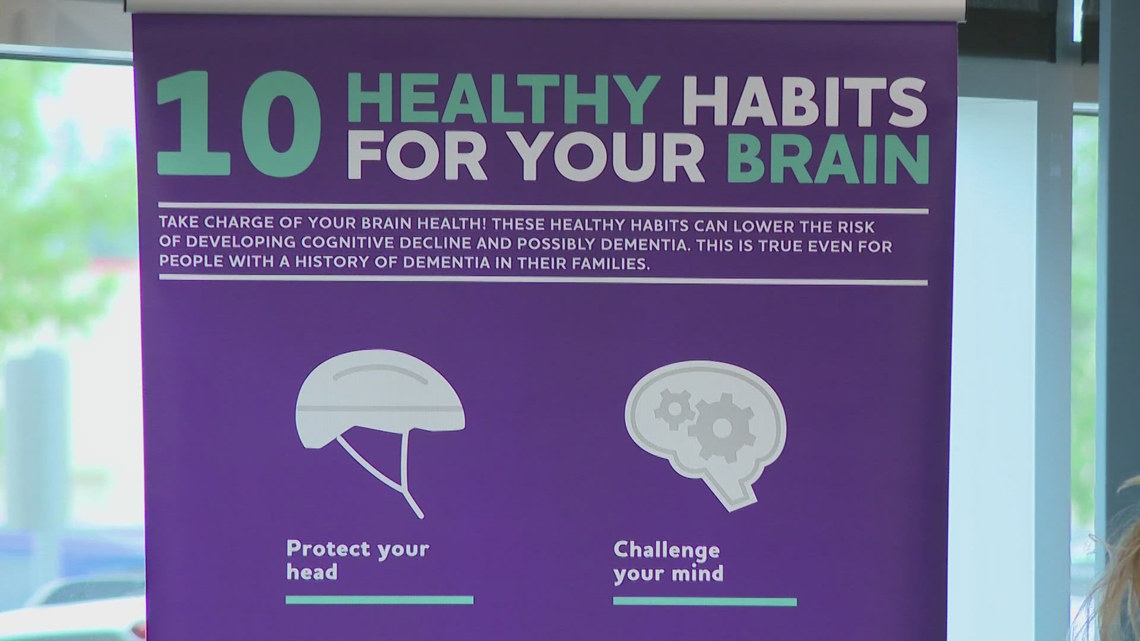
A young woman holds a cardboard 'No nature, no future'. (Photo by Alain Pitton/NurPhoto via Getty ... More Images)
NurPhoto via Getty ImagesI never quite believed climate anxiety was real until about a year ago when I spoke to a couple of young people who shared that they were unsure whether they wanted to have children in the future. Their reasoning was simple and complex to shake off: who wants to bring a child into a world of droughts, floods, and other extreme weather events linked to climate change? So, when I read about the finding of the new study published in the Journal of Global Environmental Change that such anxiety particularly impacts women and young people, it stirred my curiosity.
Whether one believes in climate anxiety or not, it's hard to deny that more and more young people are experiencing it. Climate anxiety responds to an uncertain future where climate change threatens long-term survival.
Just a few days ago, thousands of citizens from Tuvalu—a small island nation in the Pacific facing the risk of drowning due to rising sea levels—applied for a climate-linked visa ballot to move to Australia, showcasing just how real the situation is.
The reality of climate anxiety is strongly supported by academic research. The new study released this week by psychologists is not the first to report investigating the impact of climate-related anxiety. There have been many more in the past, covering many countries. For example, a survey of over 4,000 students in Germany earlier this month found that more than 40% experienced high or extreme levels of climate anxiety. Another study by Yale University found that about 64% of respondents in the US were worried about climate change. However, the new research stands out—it is the first meta-analysis, combining results from 94 studies involving 170,747 adults across 27 countries. It also underscores that women and young people are especially likely to experience climate anxiety.
These studies on climate anxiety raise a key question: What are we doing about this? The growing evidence suggests the urgent need to consider the mental health aspects of climate adaptation alongside the other dimensions. They also highlight that the mental health impacts of climate change deserve to be integrated into climate and health planning more holistically.
Why Addressing Climate Anxiety Is Essential to Climate Adaptation
Climate adaptation isn’t just about helping biodiversity and ecosystems adjust to rising temperatures, protecting jobs, housing, or migration from low-lying areas. It also means offering psychological support for people suffering from climate anxiety—whether caused by economic losses, displacement, or anxiety about the future.
The American Psychological Association recommends building psychologists’ capacity to help individuals cope with and adapt to climate change as a key part of its action plan for psychologists. This recommendation is critical as the number of physiologists dealing with patients who have expressed these concerns is not tiny anymore. One survey from Germany shows that 72% of psychotherapists reported having patients who raised concerns about climate change during treatment, as evidenced by a nationwide survey of 573 professionals.
Breaking The Silos Between Climate And Health
The intersection of climate and health—both physical and mental—is still underexplored. Understanding the climate-health nexus means examining how climate change affects health and how health systems can support climate action.
This integrated understanding of climate and health calls for sustainability professionals to pay closer attention to health outcomes and for health professionals to respond to the growing pressures that climate change places on healthcare systems. The US National Academy of Medicine has begun advancing this conversation. It has started convening climate and health professionals to co-develop a roadmap for transformative action toward achieving health for all at net zero emissions.
Where Do We Go From Here?
It is not surprising that young people are at the forefront of climate anxiety—they are the ones who will face the long-term consequences of today’s decisions. Here are two keyways forward:
- Create spaces for emotional expression around climate anxiety. These could include poetry, letter-writing, or any form of creative expression. For example, DearTomorrow is a nonprofit initiative that encourages people to write letters to a loved one about their future hopes and fears related to climate change. The founders believe this can be a powerful way to inspire climate action.
- Integrate mental health into national adaptation plans: National Adaptation Plans outline how countries intend to respond to climate change. Yet mental health remains one of the most overlooked areas within these plans. An assessment by the World Health Organization found that, among 19 national plans, almost all addressed water-borne diseases or covered vector-borne diseases. However, only 37% of these plans mentioned mental health needs linked to climate change.
Managing climate action is not just about managing natural or economic resources. It’s also about safeguarding people’s well-being. With 1.8 billion young people under 25 in the world now, climate anxiety cannot be ignored in strategies to cope with a future of living with climate change.
Views are personal.







 English (US) ·
English (US) ·